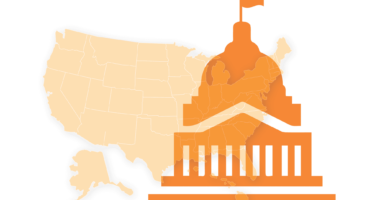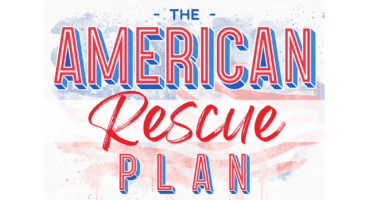The Education Trust’s Comments on the U.S. Department of Education’s Proposed Rulemaking for Prison Education Programs
Aaron Washington
U.S. Department of Education, Office of Postsecondary Education
400 Maryland Ave. SW, 2nd Floor
Washington, DC 20202
RE: Comment Request; 34 CFR Parts 600, 668, 690 RIN 1840-AD54, 1840-AD55, 1840-AD66 [Docket ID ED-2022-OPE-0062], Institutional Eligibility, Student Assistance General Provisions, and Federal Pell Grant Program
Dear Mr. Washington:
On behalf of The Education Trust and the inaugural cohort of The Education Trust’s Justice Fellows Policy Program, thank you for the opportunity to respond to the request by the U.S. Department of Education (“the Department”) for comments regarding the proposed prison education program regulation. The Education Trust respects the efforts made by the Department to foster and achieve consensus in developing the regulation. We look forward to helping the Department implement the regulation alongside the expansion of Second Chance Pell, which has been instrumental in expanding educational access to thousands of students while incarcerated. The following are recommendations on how to improve and strengthen the regulation before publishing it in the coming months:
- We agree with the several factors[i] the oversight entity must consider when determining if a program is operating within the best interests of students. However, the factor that discusses “whether the earnings for such individuals, or the median earnings for graduates of the same or similar programs at the institution, as measured by the Department of Education, exceed those of a typical high school graduate in the state” should be modified to include a succeeding sentence to outline if earnings data for individuals who graduated from the prison education program has been recorded, that data should carry more weight than a comparison to graduates of programs offered by the institution writ large. Considering the lack of initial data on outcomes for participants in prison education programs, it is understandable to look at similar programs offered in non-carceral settings. However, given the unique nature of prison education programs, once there is outcomes data from those programs, that should be prioritized to evaluate if a given prison education program is acting in the best interests of students who are incarcerated.
- The regulation details[ii] that, as a part of applying, programs must include documentation “detailing the methodology including thresholds, benchmarks, standards, metrics, data, or other information the oversight entity used in making the determination that the program is in the best interest of students for all indicators under § 668.241 and how all the information was collected”. We support this requirement but would also encourage the Department to insert language encouraging programs to align their data collection methodology and metrics with those required by the Integrated Postsecondary Education Data System, to ensure comparability of data across programs and ease the burden of submission.
- We agree with the regulatory language preventing a Pell Grant from exceeding the cost of attendance for a given program. However, we would insert language requiring prison education programs to count the cost of obtaining professional credentials for students in programs where that is required in their cost of attendance calculations. Obtaining those credentials is as necessary an expense as any other aspect of an educational program, and the Higher Education Act[iii] gives institutions the option to include those costs in their cost of attendance figures.
- While the statutory language lifting the ban requires that recidivism rate be a possible consideration when determining if a program is operating in the best interests of students, we support the Department listing it as an optional metric[iv] and reiterate our position that it should not be considered when making a best interest determination.
- We are supportive of the language in statute and in the regulation[v] that ensures credit transferability to at least one institution in the state in which a state prison is located, and at least one institution in the state where most individuals are likely to reside upon release. We would add language encouraging as much transferability as possible for those participating in programs in federal prisons and include broad transferability as a positive factor when evaluating if a program is acting in the best interests of students.
Furthermore, we also support the proposed regulatory recommendations contained within the comment from Bradley Custer of the Center for American Progress.
We are happy to respond to any questions you may have regarding the contents of this letter; please contact Reid Setzer, The Education Trust’s Director of Government Affairs (rsetzer@edtrust.org). Thank you for your consideration.
Sincerely,
The Education Trust
Alexa Garza, Justice Fellow
Jarrod Wall, Justice Fellow
Patrick Rodriguez, Justice Fellow
Rabia Qutab, Justice Fellow
William Freeman, Justice Fellow
[i] 34 CFR § 668.241 Best Interest Determination (a)(1)(iii)
[ii] 34 CFR § 668.238 Application Requirements (b)(4)
[iii] https://www.law.cornell.edu/uscode/text/20/1087ll
[iv]34 CFR § 668.241 Best Interest Determination (a)(2)(i)
[v] 34 CFR § 668.236 Eligible Prison Education Program (d)



